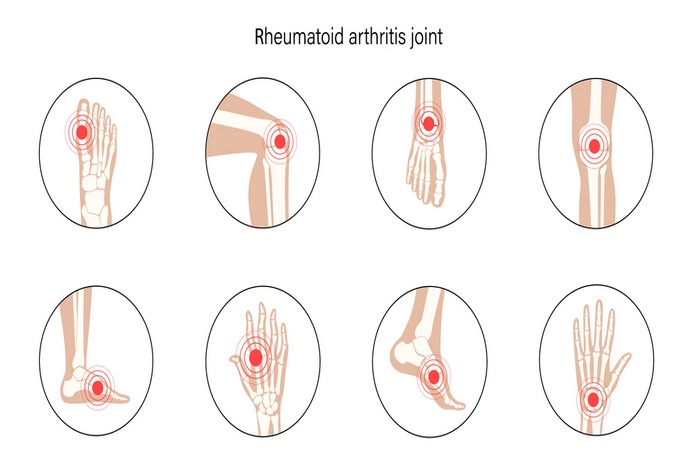Ankle Rheumatoid Arthritis

Rheumatoid arthritis is an autoimmune disorder. This means that the immune system malfunctions and attacks the body’s own tissues. In rheumatoid arthritis, the immune system attacks the lining of joints, and as a result, the bones and cartilage in those joints become inflamed. This causes pain, swelling, and stiffness.
Rheumatoid arthritis can affect multiple joints in the body, including the finger joints, wrist joints, elbows, hips, knees, and ankles. The joints in the hands and feet are the most common sites of the disease, but the symptoms are similar when the problem is found in your ankles. It features swelling, ankle pain, and stiffness in the morning or after periods of inactivity.
Rheumatoid arthritis is a chronic condition. In some cases, it can be controlled with medication. In others, surgery is necessary to remove inflamed tissue or fix chronic damage and deformations in long-lasting and poorly treated patients.
Rheumatoid arthritis is more common in women, although it can also affect men. It typically affects people between the ages of 30-50. Besides ankle pain, swelling, and stiffness, you could also experience a low-grade fever, fatigue, loss of appetite, weight loss, and a general feeling of illness.
